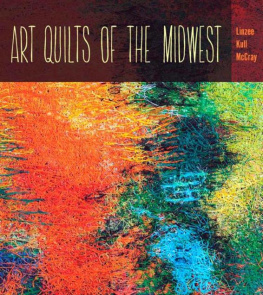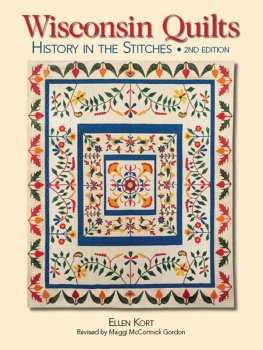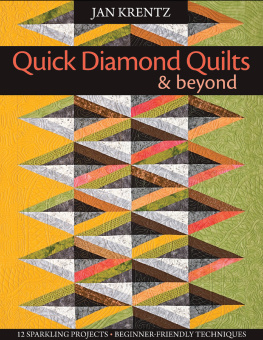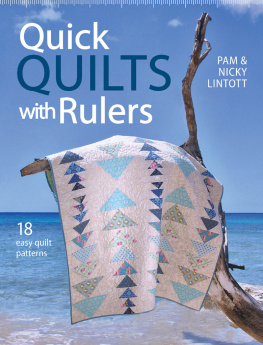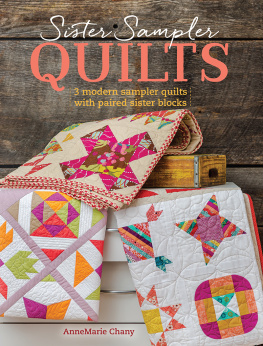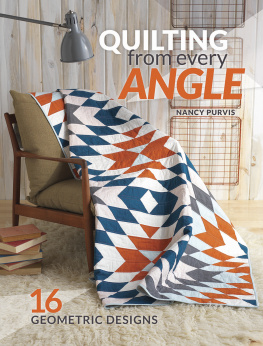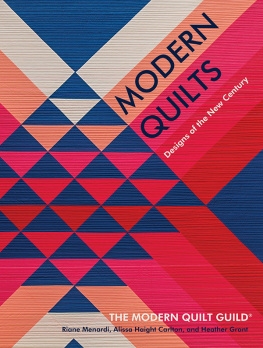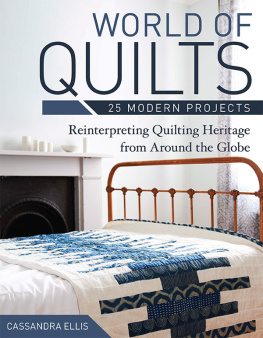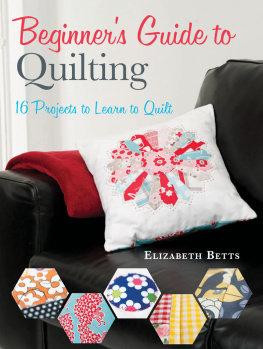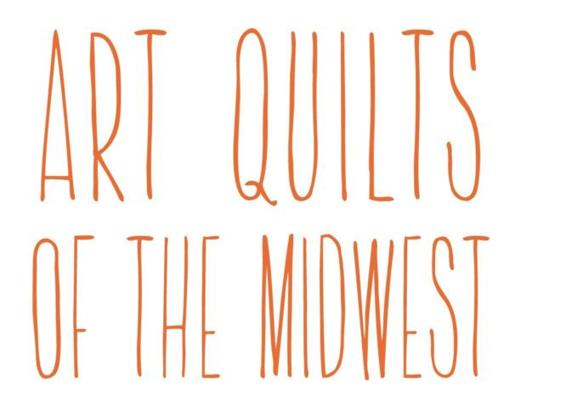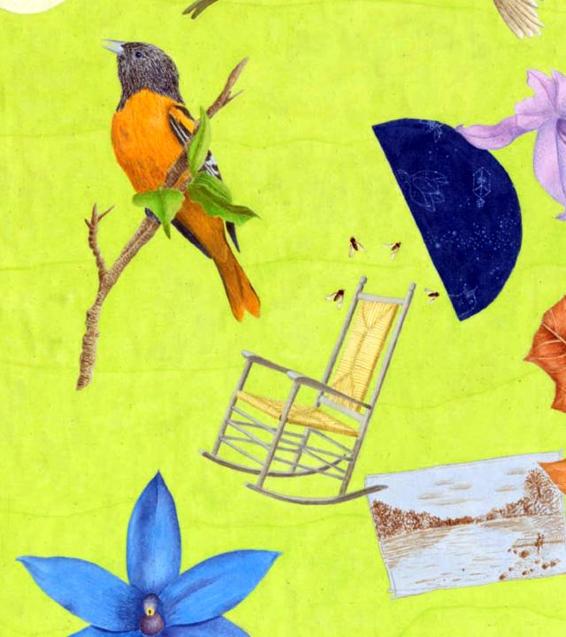
Foreword by Astrid Hilger Bennett




QUILTING HAS ENJOYED an explosion of popularity in the last four decades. In 1971, in his seminal exhibition Abstract Design in American Quilts, at the Whitney Museum of American Art in New York City, curator Jonathan Holstein displayed large, colorful, traditional quilts on the white walls of one of the world's best-known contemporary art museums. The exhibition inspired many new admirers and adherents. As a young printmaking student at Indiana University, I was no exception. Holstein's small, spare book, American Pieced Quilts, led me to abandon traditional elements of composition in favor of the grid of piecework in my new textile work. Quilts and textile work thus became personal for me as well.
In the next decade, quilters would proliferate. Most of them created traditional "pieced" quilts, embracing pattern, symmetry, and repetition. However, smaller groups of these quilters saw the potential for pushing the medium beyond patchwork. Out of this, the art quilt movement was born.
In 1989, the national quilt artist Yvonne Porcella founded the Studio Art Quilt Associates (SAQA), "believing in the need to establish a place for art quilts in the world of contemporary fine art." Her goal was to bring professional standards into the art quilt studio and, in turn, bring that studio into the larger art world by establishing art quilt exhibitions and encouraging permanent museum collections for art quilts.
But what is an art quilt? Let's explore definitions and provenance.
Both traditional quilts and art quilts share fundamentals in their description as layers held together in some way by stitching, knotting, or other means. But that is also where their similarities end.
Historically, traditional quilts were intended to serve a function and could fit Merriam-Webster's description as "a bed coverlet of two layers of cloth filled with padding (as down or batting) held in place by ties or stitched designs." We learn that the word dates to the Middle English quilte, meaning "mattress" or "quilt," from Anglo-French coilte and Latin culcita "mattress." Use of the word dates back to the fourteenth century. Similarly, the concept of piecing a quilt top, or assembling small sections of fabric into one whole cloth, has also been around for centuries.
Traditional pieced quilts were especially popular in the United States, where in pioneer days access to new cloth was limited. In traditional quilting, patterns could be followed faithfully or improvised upon, and color might be dependent on available fabric or chosen specifically for a project. Crazy quilts and commemorative quilts were notable exceptions. Quilts were often executed communally, with a quilt top assembled by one person, and the stitching accomplished as a social experience in a community setting. Quilting was mostly a women's activity involving multiple generations.
In today's traditional quilting, these practices continue to evolve. There is much greater freedom in design, scale, and purpose. Quilts are made by both women and men. The "modern" quilt recently burst upon the scene. According to the Modern Quilt Guild, this kind of quilt embraces functionality, but also asymmetry, simplicity, minimalism, modern art, bold color, and more.
The art quilt, on the other hand, is not made with functional intent. Rather, it is a vehicle for creative expression, usually made by one artist. The art quilt embraces many styles, often as contemporary treatments of older methods such as asymmetry, whole cloth, and embellishment. Artists transform cloth through dyes, painting, printing, and stitching. Art quilt imagery can include narrative storytelling, with photorealistic images of landscapes, people, and domestic and urban scenes, or an exploration of abstraction. Art quilts have even moved off the wall into three-dimensional sculpture, and now embrace nontraditional, nonfabric materials.
Many art quilts are smaller than bed-covering size, and in some contemporary applications the "layers" are not cloth at all, thereby reflecting a current trend toward mixed media in all art forms. The long-time SAQA interpretation referred to a "stitched, layered structure." The more recent SAQA definition opens this up: "The art quilt is a creative visual work that is layered and stitched or that references this form of stitched, layered structure." In short, anything goes, as long as the piece involves conjoined layers.
Being a seasoned art quilter takes a certain skill set shared with any creative artist: independent vision, intuition, determination, discipline, and risk-taking. This is not an easy process. A traditional pattern often yields the anticipated and comforting result. Not so with art quilts. Boundaries must be explored and crossed. Just because an art quilter has taken the nontraditional approach does not guarantee the result will be good art. As in the larger art world, there are many weak examples of art quilts. But there are stellar successes, as judged by audience, curatorial, and critical review.
The American Midwest has always had strong textile communities. Although the creation of quilts may have declined in some parts of the country prior to the 1970s, not so in the Midwest, where making things remained an unbroken tradition. Midwestern quilters and other artists often have a strong relationship to landscape and social groups. Several of the most venerable institutions in the world of quilting are located in the Midwest: the International Quilt Study Center in Lincoln, Nebraska, and Quilt National, a premier juried art quilt exhibition held in Athens, Ohio, to name two. According to the former's website, "The center houses the largest publicly held quilt collection in the world. The more than 3,500 quilts date from the early 17005 to the present and represent more than 25 countries" and include art quilts. Other key textile organizations, such as the Surface Design Association, had their start in the Midwest.
Now it's time to stop talking. It is my pleasure to invite you to take the next step and see for yourself. Explore the rich world of Midwest art quilting as reflected in the pages to come.

